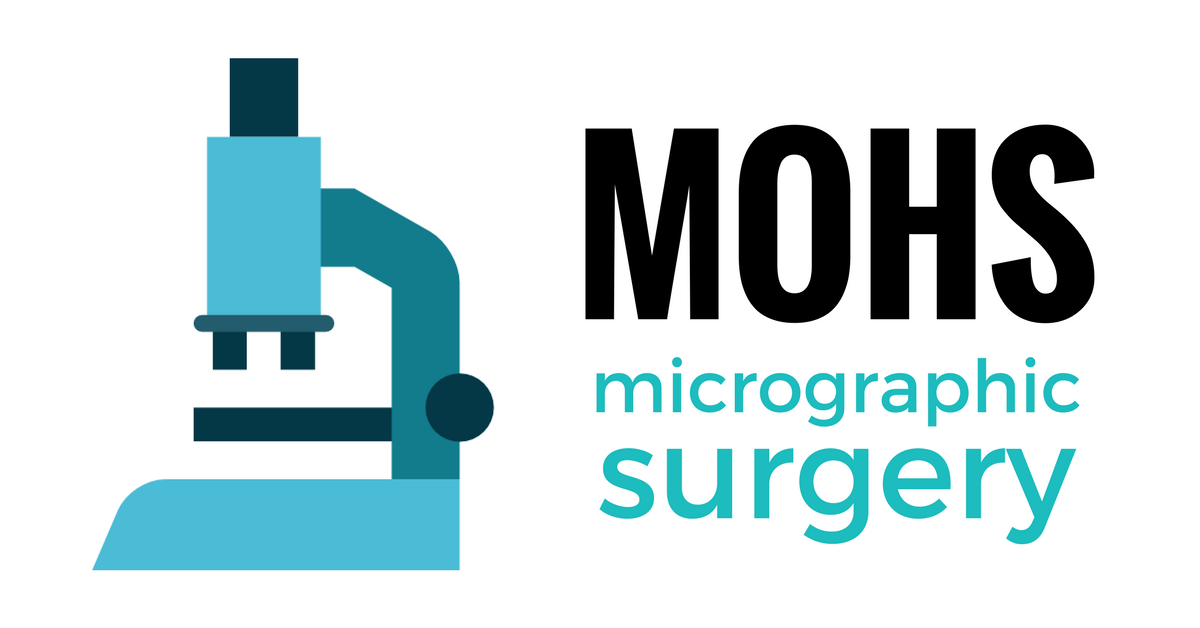
What is MMS (Mohs Micrographic Surgery)?
MMS is an enhancement to a standard skin cancer surgery, named after its inventor, a general surgeon, Frederic E. Mohs. It implies that examination of excised tumor is performed during the operation. The analysis is carried out under a microscope using a special technique. If the tumor has “roots”, they are detected right away and removed in another one or more iterations. As a result, the surgeon removes all skin cancer cells and preserves as much healthy skin tissues as possible at the same time. MMS has been in use since 1930’ and becomes only better with the development of medical technologies.
Some statistics on the efficiency of MMS for the most common types of skin cancer
Most studies show that the average cure rate for primary basal cell carcinoma ranges between 97% and 99.8% [1]
The average cure rate of recurrent basal cell cancer is in the range of 94% [2]
According to figures quoted by Skin Cancer Foundation, the average cure rate for the squamous cell carcinoma ranges between 94% and 99%.
The cure rate for melanoma that has not metastasize varies from 77% to 98% depending on the surgeon. [2][3]
When MMS is prescribed?
Mohs micrographic surgery is optimal for patients with aggressive or recidivating basal cell carcinoma, squamous cell carcinoma, melanoma at early stages, extramammary Paget’s disease, Merkel cell carcinoma and dermatofibrosarcoma protuberans.
It is particularly relevant for patients who have one or more of the following indications:
1) Skin cancer appeared on face or other where preserving cosmetic appearance is important;
2) Skin cancer emerged in the areas where the skin is thin or under a load (around the eyes, ears, nose, mouth, hairline, hands, feet and genitals);
3) Recurring skin cancer;
4) A patient is at clear risk of skin cancer reoccurrence;
5) The tumor is large;
6) The tumor is growing aggressively;
7) Defining the edges of a tumor is hard.
Who is allowed to perform MMS?
The typical Mohs surgeon is a board-certified dermatologist specially trained as a cancer surgeon, pathologist, and reconstructive surgeon.
The advantages of MMS
Mohs surgery delivers the highest cure rates because the excised tissue is microscopically examined right away, assessing 100% of the operational margins. The operation is done by a dermatologist who is allowed to perform the procedure after years of highly specialized trainings.
Unlike other skin cancer treatments, MMS is based on immediate microscopic checkup instead of estimations, which ensures the higher accuracy of an intervention.
The main advantages of Mohs surgery are:
- high cure rates;
- reduced risk of skin cancer reoccurrence;
- losses of a healthy skin are minimal;
- the functional and visual outcomes are maximal;
- cost efficiency.
Any questions left?
If you feel like you need more information on this topic, feel free to ask your questions in the comments below this blog post, or contact us directly to get more personalized details.
1. Mikhail, George R.; Mohs, Frederic Edward (1991). Mohs micrographic surgery. Philadelphia: W.B. Saunders. p. 13. ISBN 978-0-7216-3415-9.
2.Mikhail, George R.; Mohs, Frederic Edward (1991). Mohs micrographic surgery. Philadelphia: W.B. Saunders. p. 7. ISBN 978-0-7216-3415-9.
3. Mikhail, George R.; Mohs, Frederic Edward (1991). Mohs micrographic surgery. Philadelphia: W.B. Saunders. p. 4. ISBN 978-0-7216-3415-9.

